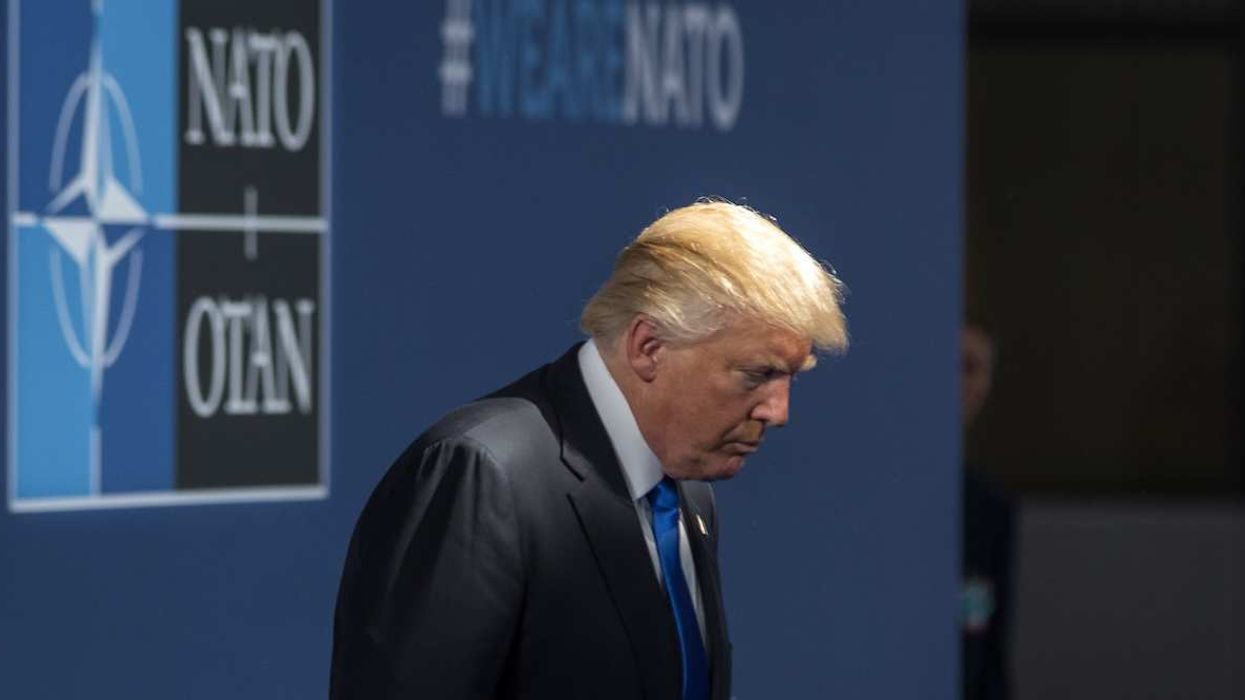The internet is splitting in two. At least that’s the assessment of Eric Schmidt, the ex-CEO of Google and recently departed chairman of Google’s parent company, Alphabet. Asked recently whether the global internet would fragment into “three to four separate internets” over the next 10-15 years, the tech billionaire replied: “I think the most likely scenario now is not a splintering, but rather a bifurcation into a Chinese-led internet and a non-Chinese internet led by America.”
What exactly would that mean? Here are three ways to think about it.
A geographically divided internet: In many ways this split has alreadyhappened. China started to wall itself off from the global internet back in the 1990s, when it began filtering web traffic. Today, around 800 million Chinese internet users access the internet from behind the Great Firewall, which prohibits services like Google, Facebook, Twitter, various foreign news websites, and other sources of information that you probably take for granted. Ask a friend who’s just returned from a jaunt to Shanghai or Beijing and they’ll tell you – the separation between the Chinese internet and the rest of the world is already a (very annoying) thing.
A politically divided internet: Then there is the political divide over how the internet should be run. The US approach – which has guided the development of the global internet for the past 30 years – is best described as bottom-up: The government interferes as little as possible, letting companies and consumers decide how data networks and services should be managed. China’s governing philosophy, by contrast, is top-down: the state is sovereign, not just over its physical territory, but over cyberspace and the data that flows through it. During the past few years, the freewheeling US view has run into challenges, not just from authoritarian countries that are intuitively attracted to China’s top-down model, but even in the European Union, where member states have imposed stricter rules that govern how companies handle citizens’ personal data.
Two separate technology spheres of influence: The internet is global because of internationally agreed specifications for data networks and other basic technology infrastructure, which are what allows computers or phones in different countries to talk to each other. Until now, those standards have been set by the first-movers, the predominantly American firms that created the internet as we know it. But China now has its own tech giants which are increasingly eyeing growth opportunities overseas and Beijing has become more assertive in pushing for the adoption of Chinese tech standards in countries that want Chinese investment and technology. Beijing’s $1 trillion Belt and Road initiative to link Eurasia and Africa with Chinese-built infrastructure, for example, has a big digital component where this comes into play. And where Chinese networks, web services, and tech standards go, the Chinese approach to policing cyberspace could very well follow.
Bear in mind, all this is happening as the US and China are already locked in an escalating trade fight that has started to push the two countries’ tech sectors further apart. If Schmidt is right, and the rift becomes permanent, other countries would face a politically charged decision about whose system to adopt.


















